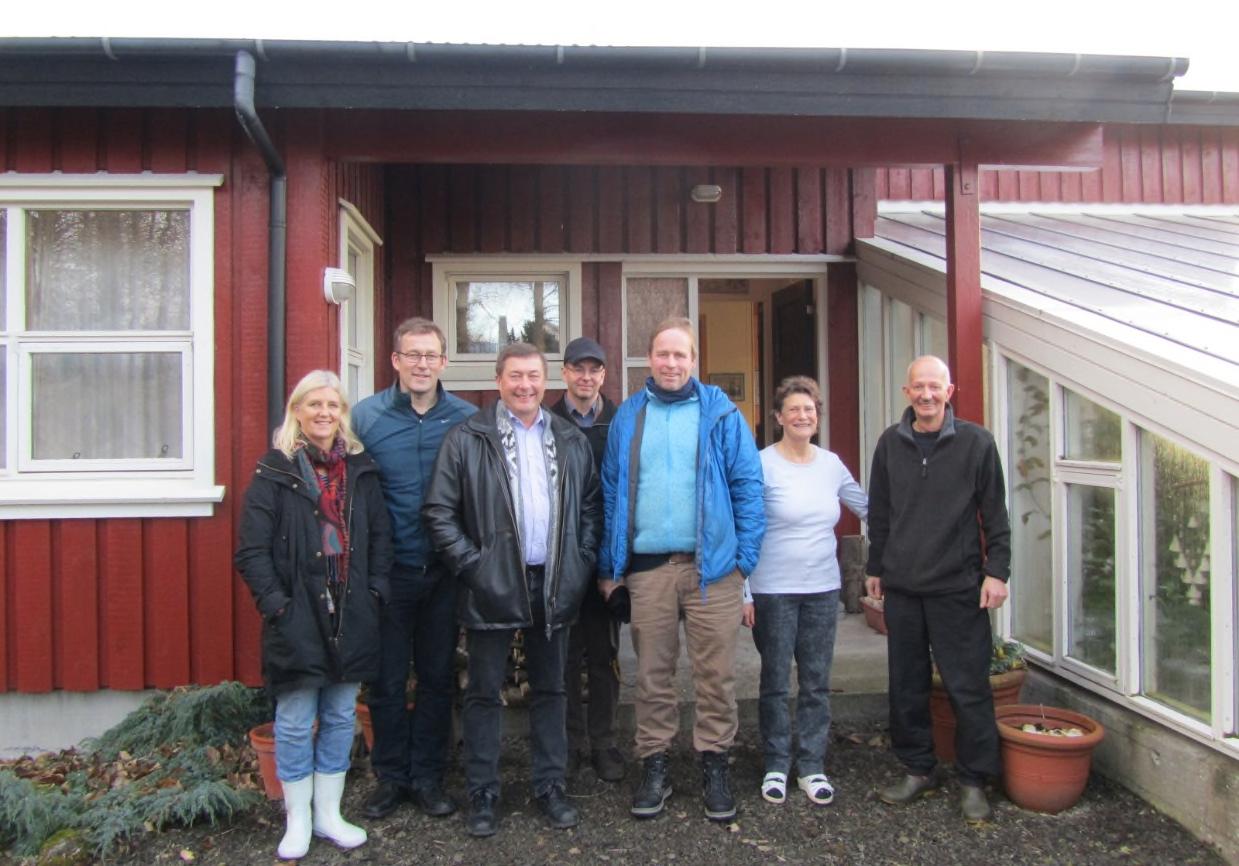
2 minute read
The arctic soils
The climate in the arctic puts more strain on organic farming compared to conventional farming. It is important for crops to initiate growth early in the spring to secure fast growth and good yield because of the short growing season. Mineralization from the soil pool and organic fertilizers (manure/compost) occurs in all seasons but the rate is temperature controlled. This process in the arctic is both slow (due to low temperatures) and harmonizes poorly with the crops’ need for nutrients during the growing season. Mineralized nutrients from the soil pool are in too short supply for fast crop growth in the spring. The same applies for N-fixing crops like clovers; the fixation is slow in the spring. Mineral fertilizers applied in the spring can secure fast crop growth in conventional farming systems. Organic systems, on the other hand, are not allowed to use mineral fertilizers and there is no organic certified fertilizer as efficient as mineral fertilizer in that respect. Therefore, the yield levels are substantially lower in the organic system compared to the conventional system. It should also be noted that organic systems are vulnerable to high nutrient losses (leachates and volatiles) from organic and green manure because of misplaced mineralization.
The arctic soils
The arctic soils are post-glacial formations from after the last Ice Age approximately 10000 years ago (Table 3). Large areas of Sweden and Finland are covered by a continuous layer of glacial till dominated by podzols. In Norway the glacial till is thin and discontinuous. Northern Swedish soils developed on parent materials derived from marine and, lake deposits as well as glaciofluvial deposits. In the low-lying coastal areas along the Gulf of Bothnia silty and clayey deposits are common. Smaller areas of sandy glaciofluvial deposits can be found in all three Scandinavian countries.
Parent materials in Icelandic soils are much different than in Scandinavian soils, which gives them unique properties. They are dominated by recent volcanic material, usually consisting of basaltic tephra (andosol). Active eolian processes, frequent tephra depositions, and a sub-arctic maritime climate with frequent freeze-thaw cycles during long winters greatly modify the soils. These soils generally contain a range of pore and particle sizes that can retain large amounts of water but are also very erodible. They are high in organic C and N, and have a strong tendency to fix phosphorus.
Natural arctic soils are important carbon sinks because of restricted mineralization caused by low temperatures and/or anaerobic conditions in wetland areas. These soils are therefore carbon rich and more organic than most other soils at warmer latitudes. Peat covers around 15% of the area in Finland and Sweden and a substantial part in North Norway. In Iceland up to 50% of the agricultural soils are drained histosols or more commonly histic andosols. These usually fertile organic soils are the backbone in many agricultural regions in the arctic. In some smaller areas in Iceland mineral rich geothermal soils are cultivated for outdoor vegetables. Marine and river deposits in fjords and valley bottoms are also important agricultural soils in all countries. A vast part of arctic soils is too rocky or shallow for cultivation in many other inhabited low altitude areas.



